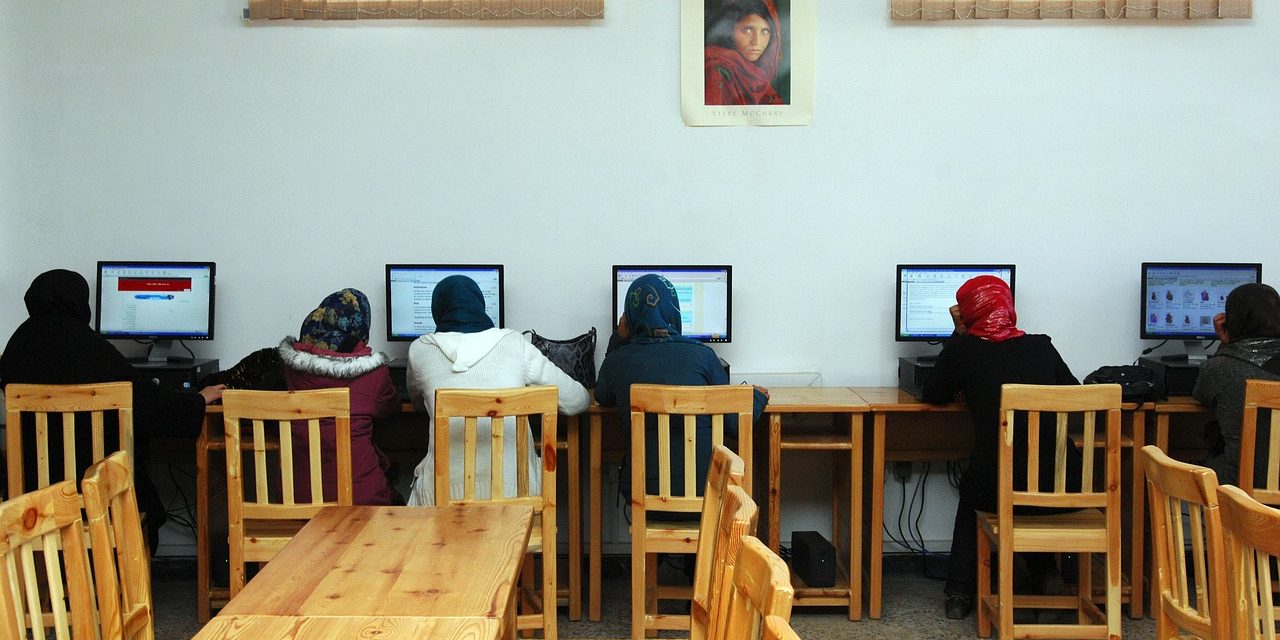While working in under-resourced schools on Chicago’s south side, I saw firsthand the role that the internet played in a child’s life. Regardless of how old textbooks were or the limited resources available in individual school libraries, the internet became a valuable tool providing students with equal access to knowledge and lessons to develop new skills.
This was partly made possible by the net neutrality policy put in place by President Barack Obama in 2015 requiring that internet service providers, or ISPs, treat all online content the same. This rule was rolled back in late 2017 with the “Restoring Internet Freedom Order.” The decision to reverse net neutrality impacts online speed and access to content, allowing ISPs now to block or slow down certain websites or types of content and show preferential treatment to others.
After voting to overturn the law in December, the Federal Communications Commission (FCC) has officially declared that net neutrality will come to an end April 23. Soon ISPs will be able to sell the internet in bundles like cable television, forcing people to pay extra for individual sites and potentially censoring information.
The net neutrality debate has been looked at as a business issue and a consumer concern. Startups and entrepreneurs might not be able to afford higher fees; the smallest voices may no longer be heard and able to thrive. But the recent decision to repeal net neutrality also has potential implications on education that should be addressed at local and national levels.
For a school system facing budget constraints, paying extra for increased speed or the guarantee that students have access to open source tools (e.g., Mozilla, Inkscape, RedNoteBook, etc.) may not be feasible. The removal of net neutrality does not take into consideration the local monopolies maintained by internet service providers. Many of our school districts can receive broadband services from only one or two providers, looking for a rate that fits within the budget of a cash-strapped-school in a market that does not have enough business to provide services at a competitive rate. This may become a growing problem for school administrators.
Additionally, the family who can’t access a simple internet resource such as Wikipedia — an online service that cannot compete within a digital marketplace — may be limited to the preferred knowledge content of the provider. The implications of the “Restoring Internet Freedom Order” on families with fewer resources are the most concerning. The family who lives miles from the closest library is at the mercy of what its provider allows in terms of access and speed.
Supporters in the state and federal government have expressed plans to continue fighting for it. Dozens of state attorneys general are now expected to join private net neutrality advocacy groups to file lawsuits against the order. Here are some ideas for local partnerships to strive to maintain an open and free internet:
- Meet with local internet service providers to express concerns on behalf of schools and families
- Partner with consumer advocacy groups, specifically on this issue
- Lobby local and state officials for their support
- Connect with other partnerships within the network to discuss how to address student needs at a national level
“It’s hard to imagine that ISPs would block access to educational resources, or require districts to pay more for quicker access,” writes Getting Smart coordinator Erik Day in a blog (Day, 2018). However, with the removal of net neutrality, that possibility exists. It is important to have an understanding and eventually agreements in place with local internet service providers to maintain current levels of access to knowledge for schools and families.
Recommended reading
How repealing net neutrality could affect schools’ internet access
Net neutrality: Removal and its potential effects on education
The FCC announces the last days of net neutrality
What the end of net neutrality would mean for education






